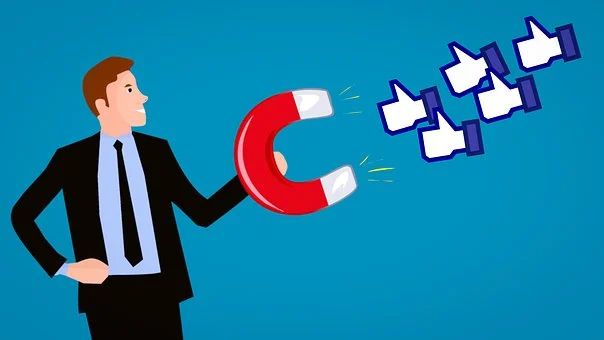The Different Types of Digital Marketing
The Different Types of Digital Marketing: There are numerous types of digital marketing available today. Among these are Content marketing, Influencer marketing, Direct Response Marketing, Pay-per-click advertising, and mobile marketing.
To learn more about each of these forms of digital marketing, keep reading. This article will explore some of the most important aspects of each. We’ll explore Content marketing’s importance in the context of digital marketing and explain why it’s important to consider it as part of your overall strategy.
Also, discover how each one can benefit your business.
Influencer marketing

In this type of marketing, a brand or product gets exposure to thousands of people. Because the influencer is a trusted source, people are more likely to read the posts and make a purchase.
Influencers also have large numbers of followers, making reaching a targeted audience easier. Their content is also conversational, making it different from the brand-driven range. Here are the benefits of influencer marketing for brands.
Branded content created by influencers can be reused by companies, saving time and money. 41% of advertisers report saving money on content production with influencers.
Additionally, influencers’ audience feedback can be used to design a more targeted campaign. Influencers can interact with their audience daily, an excellent resource for getting your brand name out there.
Pay-per-click advertising

If you want to bring in traffic to your website, pay-per-click advertising can help you achieve that goal. It is a type of digital marketing where you pay a company a set amount for each click, usually around $25.
When people search for certain keyword phrases, PPC ads appear on search engines like Google and Yahoo! If someone clicks on the ad, the company pays the advertiser.
READ MORE: Ways to increase organic traffic on the website
This form of digital marketing is based on keywords, and the publisher determines the cost of each click. These ads appear only when someone types in the keyword related to what you are selling. Depending on the goal of your advertising campaign, the cost of each click can vary significantly.
A high-quality ad, for example, will generate higher profits and click-through rates. However, it is important to remember that pay-per-click advertising is not for every business. Make sure to set reasonable budgets for different goals.
Content Marketing

Content marketing is distributing relevant information on a website and spreading it through social media, email marketing, and search engine optimization (SEO). The most effective content marketing tools include blogs, ebooks, online courses, podcasts, and videos.
These tools should be produced according to best practices, including staying true to the brand voice, developing an editorial calendar, researching keywords, and creating backlinks.
Content marketing has roots in the past, as many brands have succeeded in using it. In 1732, Benjamin Franklin published Poor Richard’s Almanack, promoting the content his audience wanted to read and his local printing business.
By the turn of the century, Michelin published guides to Parisian attractions, and Jell-O distributed recipe pamphlets door to door. These early examples show the importance of content marketing, and many brands are moving their resources and investments toward content marketing.
Mobile Marketing

The concept of mobile marketing focuses on engaging people using their cell phones and tablets. Mobile advertising strategies use location awareness and push notifications to reach potential customers.
Mobile devices make up a large segment of online activity, with more than 50% of all traffic coming from mobile devices. Mobile devices have become an essential part of the shopping experience, with Google reporting that smartphone purchases increased by 27% from last year to this year. Sixty-one percent of all online purchases are made using mobile devices.
To be effective at mobile marketing, a business must have a responsive website, which includes the proper user interface, messaging, and large buttons. Mobile marketing requires measuring the ROI of the campaign and keeping the user experience in mind.
A balance must be struck between annoying customers and getting their attention. A mobile website should have both a responsive design and a mobile version. The following are some tips to keep in mind while using mobile marketing.
Radio advertising

There are many benefits to radio advertising. For example, radio is accessible worldwide, making it an affordable way to reach a large audience. And, since most vehicles and cell phones have an in-built radio receiver, a potential customer will likely listen to a radio station while on the road.
Plus, it can be a low-pressure learning environment that drives the next step in the consumer’s journey. In addition to being a cost-effective means of advertising, radio ads can be highly effective. Compared to most online advertising, radio advertisements can be highly targeted.
Because radio ads are not as personalized as online ads, people are more likely to recall the content of a radio commercial if it is remembered. Radio ads can also establish a brand in a prospective customer’s mind, which leads to increased conversion rates.







